Biodiversity is a complex term but it essentially encompasses life in all its variety, ranging from individual genes to entire ecosystems. The legendary biologist Edward O. Wilson defines biodiversity as “the totality of all inherited variation in the life forms of Earth”. The loss of biodiversity due to human activities and its negative effect on ecosystems are well documented.
Somaliland Scoping Trip
New milestone: My paper is now the most read and cited
This is an exciting milestone for me. As of December 13th, my open access study on the Land cover and land use classification performance of machine learning algorithms in a boreal landscape using Sentinel-2 data that was published in 2020 is the most read (22,885) and most cited (101) paper in the journal GIScience & Remote Sensing.
Profile in a Swedish popular science magazine
Back in January, I had the opportunity to be interviewed by the Swedish popular science magazine Populär Astronomi about my research in Earth observation.
Keynote Talk: “Earth from Space” at Astronomins dag och natt 2020
I was thrilled to be provided the opportunity to be a keynote speaker for Astronomins dag och natt or “Astronomy’s day and night” organized annually by the Swedish Astronomical Society. The event is in its 9th year and the theme for 2020 is Earth 2.0 and the intersection of the possibility of life in space and the possibilities that Earth observation offers to better understand our own planet.
Tutorial: Machine learning classification of Sentinel-2 satellite imagery using R [Updated]
Note: This tutorial was updated on April 20th, 2020 based on reader feedback.
In this short post, I would like to help you conduct your own machine learning classification of Sentinel-2 data using the open source package R. The process is pretty straightforward if you have experience in remote sensing and image classification. Even if you don’t have extensive experience, basic knowledge of remote sensing terminology is sufficient.
